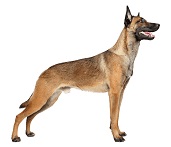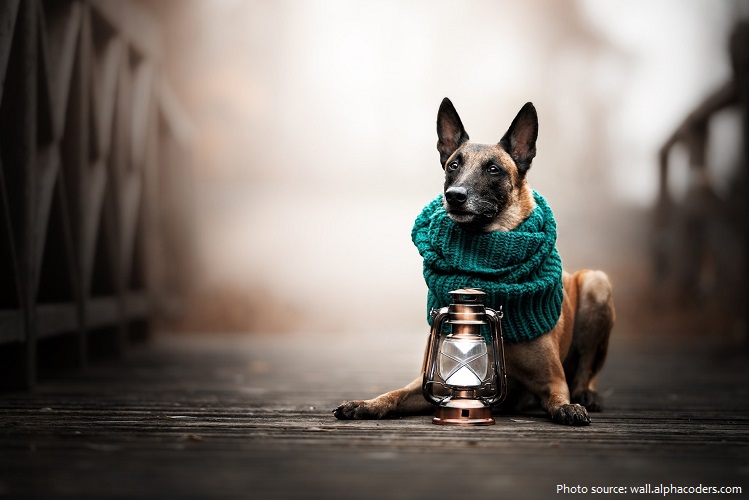
The Belgian Shepherd is a breed of medium-sized herding dog from Belgium.
It is also known as the Belgian Sheepdog or the Chien de Berger Belge.
The Belgian Shepherd is a diligent, loyal, and highly intelligent dog breed.
The intense and hard-working Belgian Shepherd is extremely well-suited to become a working dog, especially in police and military operations.
The Belgian sheepdog is one of several shepherd dogs developed in Belgium.
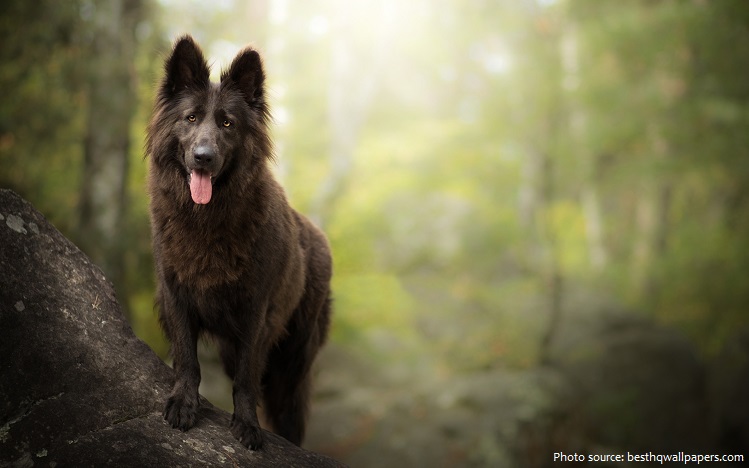
The industrious Belgium’s terrain and climate is ideal for both livestock and dairy farming. Today the country may be known as the world’s leading exporter of milk chocolate, but at one time, Belgian farmers were focused on cattle herding…as well as the breeding of herding dogs.
In fact, there were once eight varieties of shepherd dogs that were unique to Belgium. These dogs were officially classified for the first time in the 1890s, and today there remains the Belgian Sheepdog, Tervuren, Malinois, and Laekenois, which are all anatomically identical but with coats that vary in terms of texture, color, and length.
By the turn of the 20th century, the versatility and work drive of Belgian Sheepdogs were becoming known beyond the pastures of Belgium. Paris and New York used Belgian Sheepdogs as police dogs in this era. Customs agent employed them on border patrols, rooting out smugglers. During World War I, they distinguished themselves as messengers, ambulance dogs, and freighters of heavy gunnery. Belgian Sheepdogs reprised their role as war dogs during the Second World War.
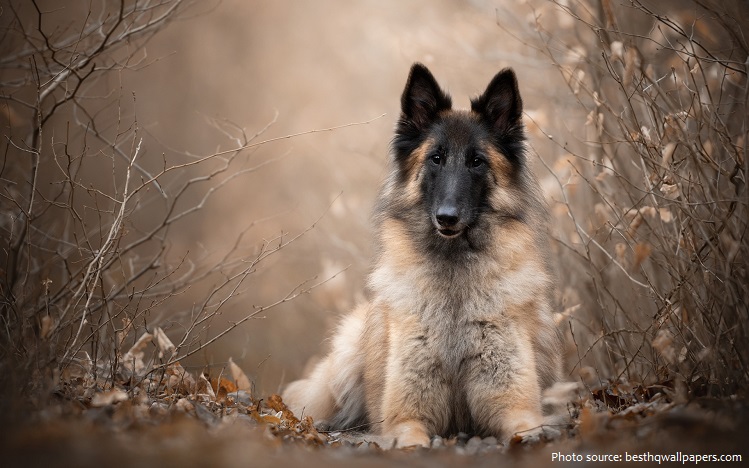
The Belgian Sheepdog Club of America was formed in 1949, and since then this noble breed has done it all: show dog, athlete, police officer, soldier, service dog, searcher and rescuer, watchdog, and tireless backyard tennis-ball fetcher.
In 1956 the current breed standard was adopted and it specified the four varieties known today.
The Belgian Shepherd is a an athletic breed with a body built for endurance, they typically stand between 56 and 66 centimetres (22 and 26 in) with bitches being on average 4 centimetres (1.6 in) shorter than dogs, they usually weigh between 20 and 30 kilograms (44 and 66 lb) – the breed standard states the ideal height is 62 centimetres (24 in) for dogs and 58 centimetres (23 in) for bitches.
While predominantly considered a single breed, it is bred in four distinct varieties based on coat type and color.

The breed standard describes three coat varieties:
• Long-haired dogs have a long, smooth coat with short hair on their faces, ears and legs although there is long feathering on the rear of the legs, they have an abundant mane on their neck and chest, particularly long hair on the rear of their thighs and a bushy tail that forms a plume.
• Short-haired dogs have particularly short hair on the faces, ears and lower portion of their legs, short over the rest of the body and slightly longer on the neck and tail.
• Rough-haired dogs have a coat that is rough, dry and approximately 6 centimetres (2.4 in) long over the body, they have shorter hair on the top of the muzzle and legs and, unlike the other coat types, they have long hair on the face and muzzle.
The Groenendael variety is long-haired, it has a solid black double coat, the outer coat is straight and particularly long around the shoulders, neck and chest – they have short hair on the face, and well feathered legs and tail. This variety is believed to have been created in 1885 by Nicholas Rose, owner of the Château de Groenendael.
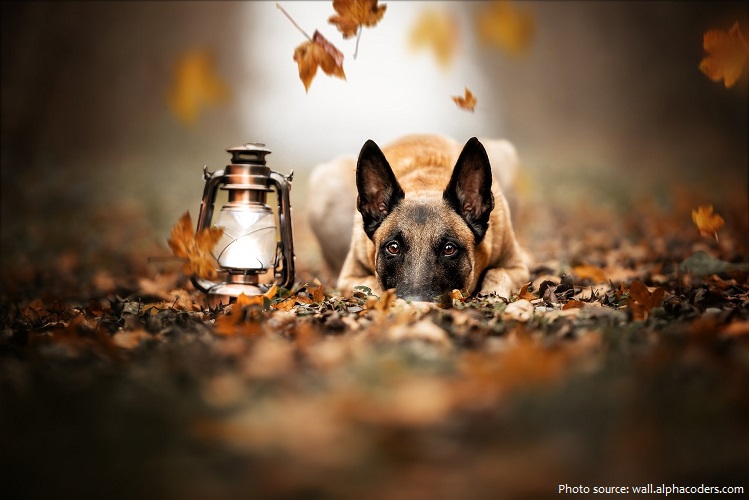
The Laekenois variety is rough-haired, its coat is fawn in colour with discreet black overlay and is harsh, dry and normally slightly tangled in appearance – it has a bristled, feathered muzzle and limited feathering
on the legs and tail. According to the breed standard, black overlay means the tips of the hair are black but not in patches or stripes such as brindle.
The Malinois variety is short-haired, it is fawn in colour with black overlay, with a charcoal-coloured face and extremities.
The Tervuren variety is long-haired like the Groenendael – its double coat is typically fawn in colour with black overlay and with black extremities, although grey with black is known – it has a ruff of long hair around the neck and feathering on the legs.

The Groenendael and Tervueren varieties have a reputation for occasionally being snappy, making them less suitable as companion dogs for children – the Laekenois, whilst considered very good with children, can occasionally be troublesome with other dogs.
The Belgian Shepherd responds well to training – they require training from an early age, particularly the Laekenois which can have a tendency to try to dominate a weaker-willed master.
The breed is very active, particularly the Malinois which may reflect its continued breeding for security roles, and they all require exercise – the breed adapts well to living indoors, although the Malinois is least suited to these environs.
In the United States the American Kennel Club considers the four varieties to be separate breeds.
An average puppy of this breed can go for $1,500, while a pedigree Belgian Sheepdog puppy can cost you upwards of $3,000.
